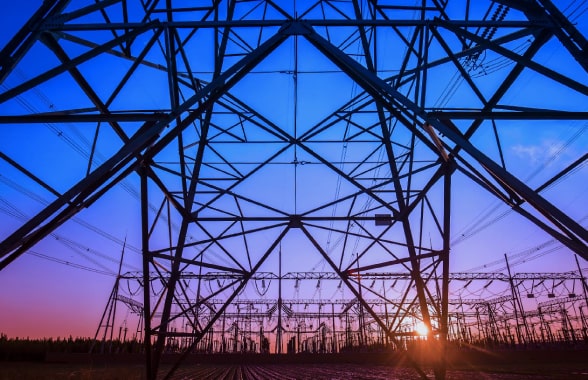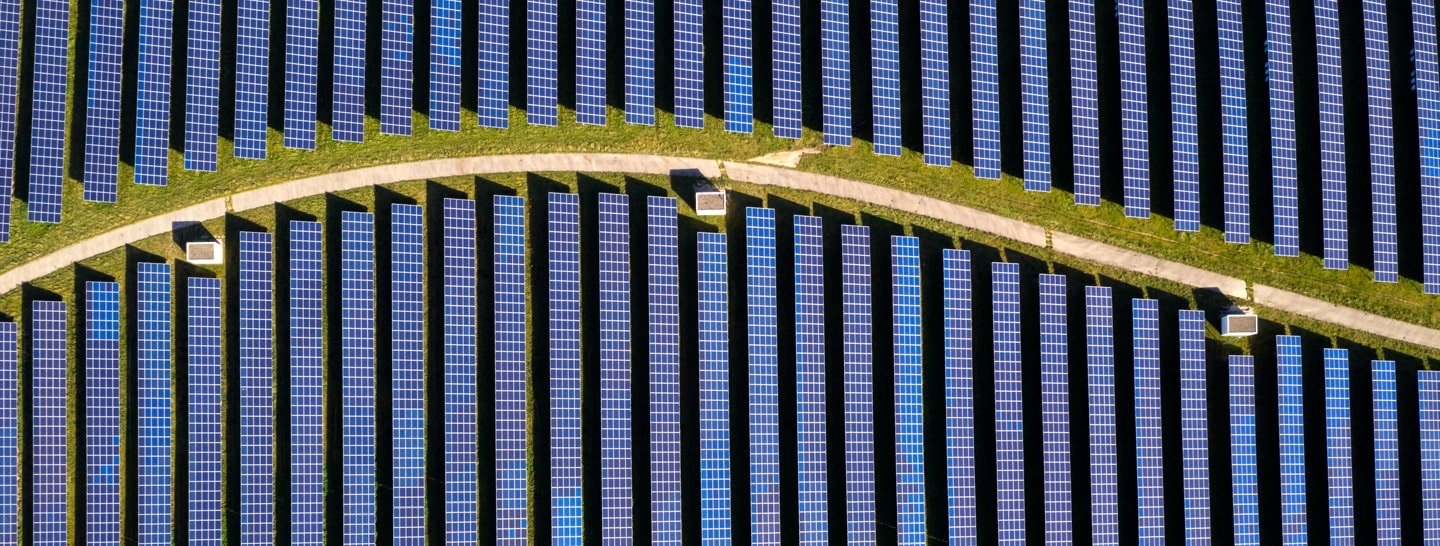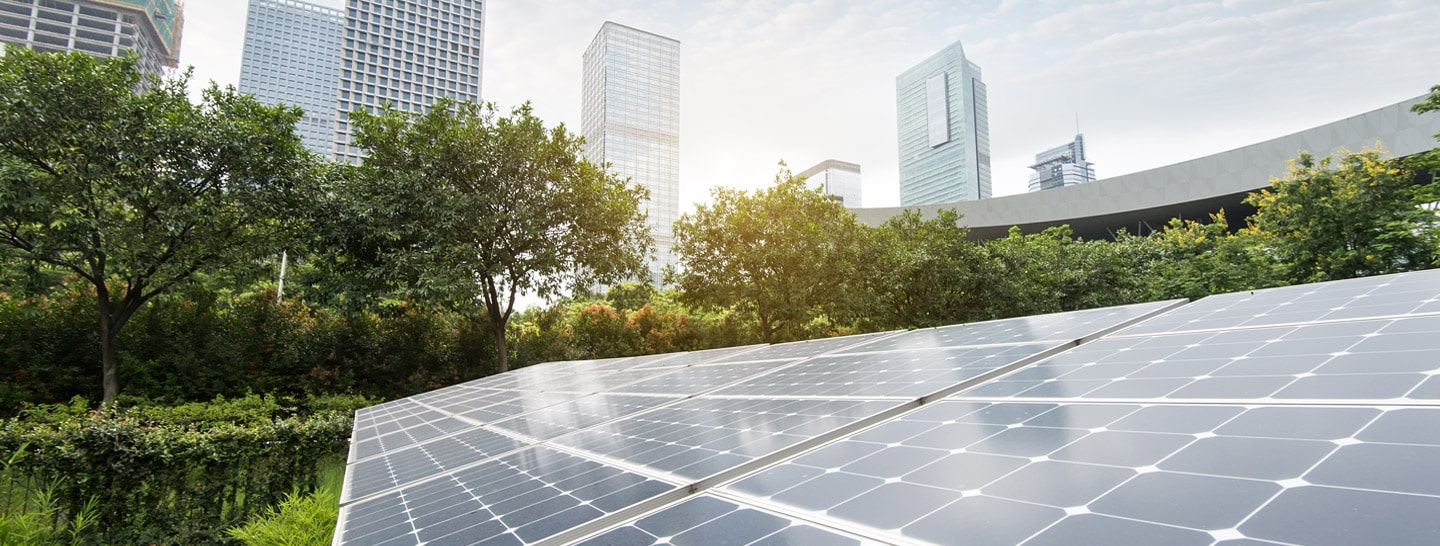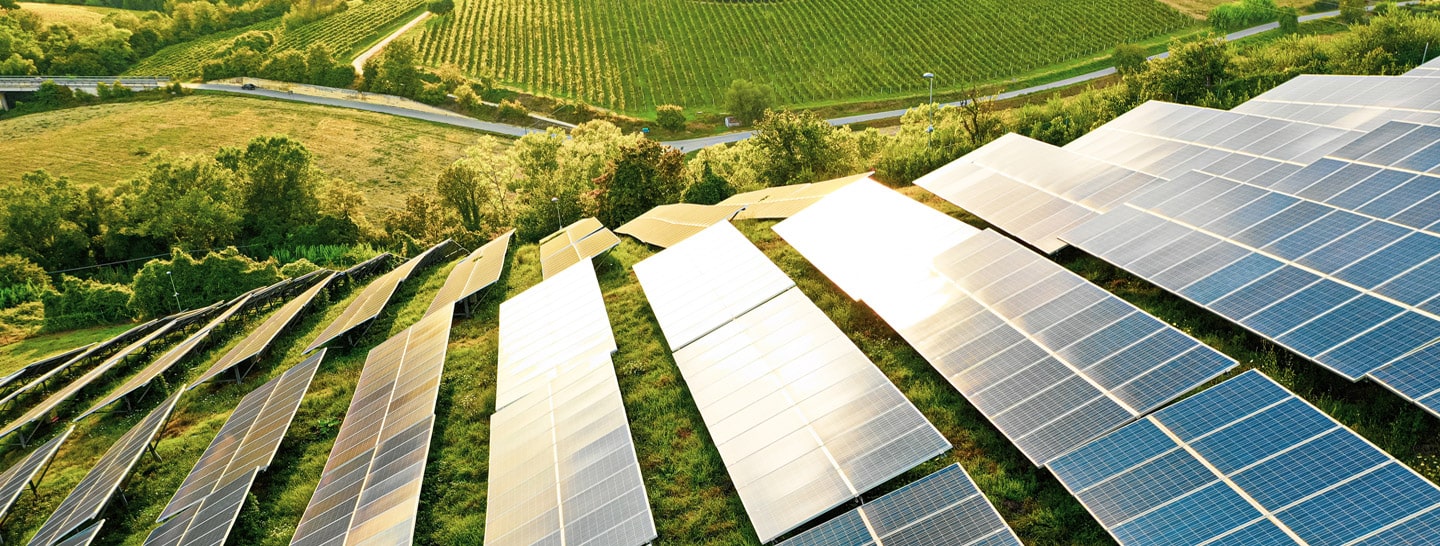A microgrid is a local energy production and distribution network that can function independently when it is disconnected from the main electricity grid in the event of a crisis such as a black out or a storm, or simply to supplement peaks in demand from the microgrids users and thereby avoid higher energy costs. These small grids serve a defined set of nearby users such as a housing complex, business center, a hospital, or a manufacturing plant. Microgrids are powered by generators or renewable energy sources like solar panels or wind, and are generally combined with energy storage units such as batteries.
Low environmental impact microgrids that integrate renewable energy generation and electricity storage systems are becoming increasingly widespread thanks to:














